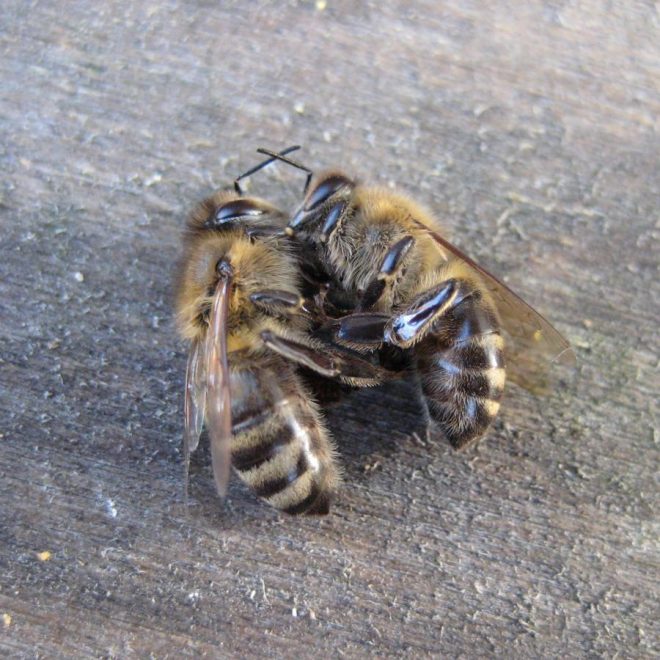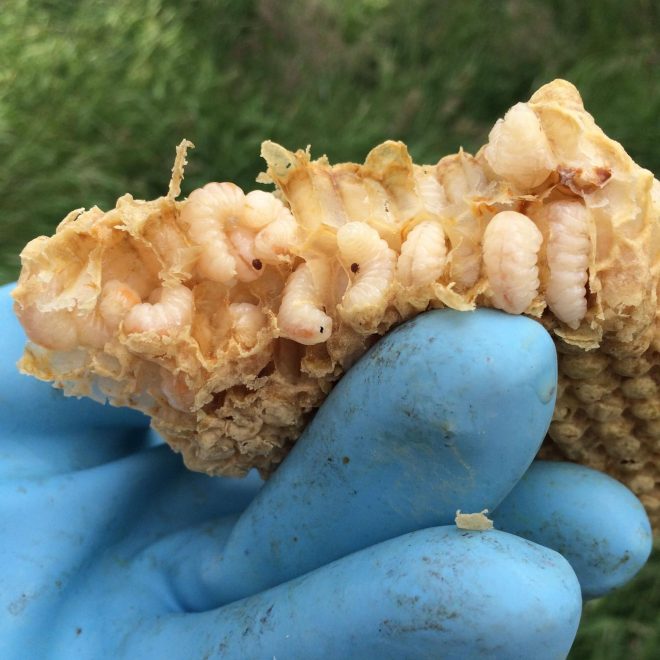Threats
As we can see in our own beehives and in many scientific studies, our pollinators are at risk more than ever. The reasons are manifold and the decline of pollinators can have devastating consequences.
Decline of nature
Humans shape the environment in many ways and influence the natural balance. Particularly the last two centuries were marked by an extensive growth of the human population. This is linked to an immense use of space and resources, industrialization, globalization and enormous emissions into the environment. As a consequence, natural areas and the numerous species are increasingly disappearing. This transformation increases the pressure on pollinators to find appropriate habitats and healthy food.
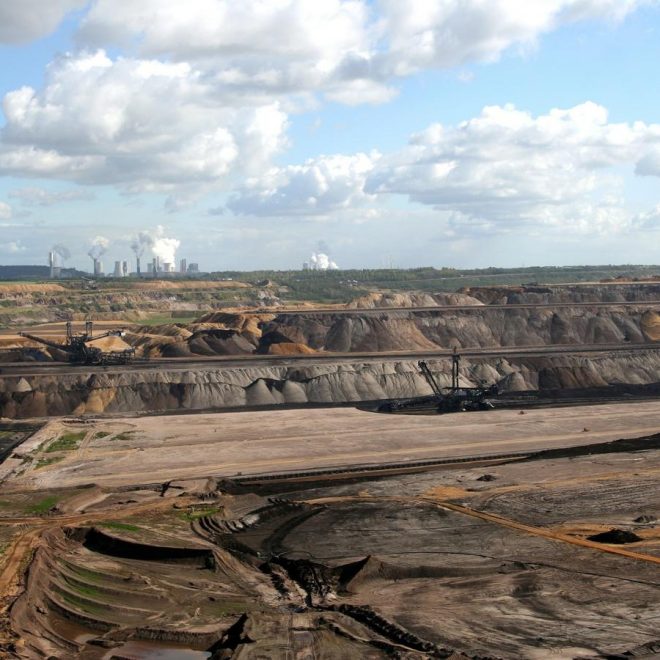



Monocultures in place of diversity
Intensive agriculture has altered our landscape: instead of versatile ecosystems with niches for all species, large areas of monoculture replaces naturally occurring plants. This reduces food sources and nesting sites for pollinators. Monocultures, such as canola, can leave the impression of abundance but the flowering times are often short and pollinators have a difficult time finding enough food. Migratory beekeepers therefore need to transport their hives from the canola fields to other areas to protect the honeybees from starvation.
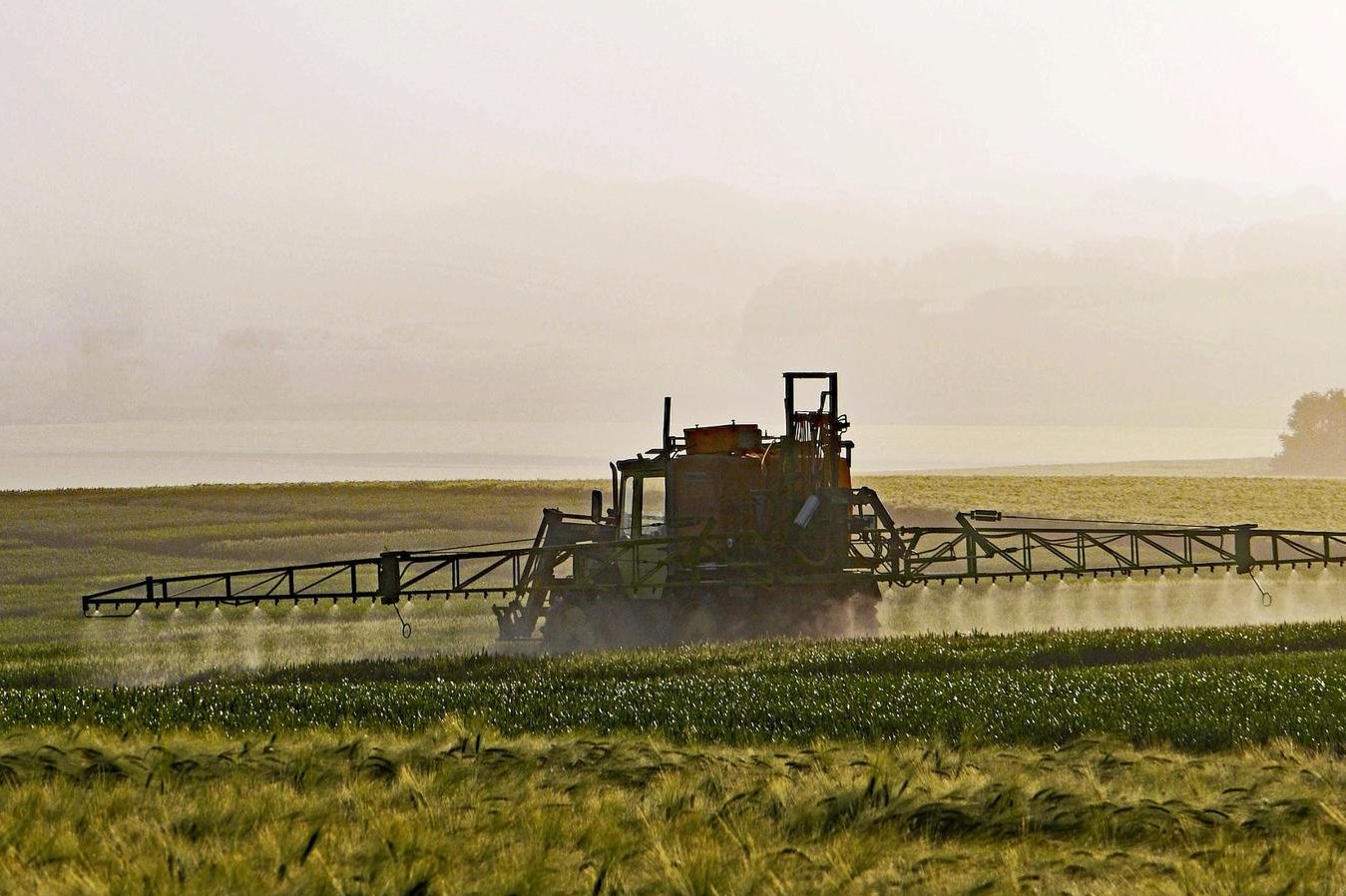
Crop protection
In contrast to more diverse landscapes, monocultures are more susceptible to pests and therefore require plant protection measures. In light of the prevalent time and price pressure in globalized agriculture, chemical pesticides are on the rise. However, these chemicals can be equally toxic to beneficial pollinators as to the pest species. Some substances are also suspected to cause long-term health damages by weakening the bees’ immune system and affecting their communication, reproduction and sense of orientation. In the worst case, this can lead to a collapse of whole bee colonies.
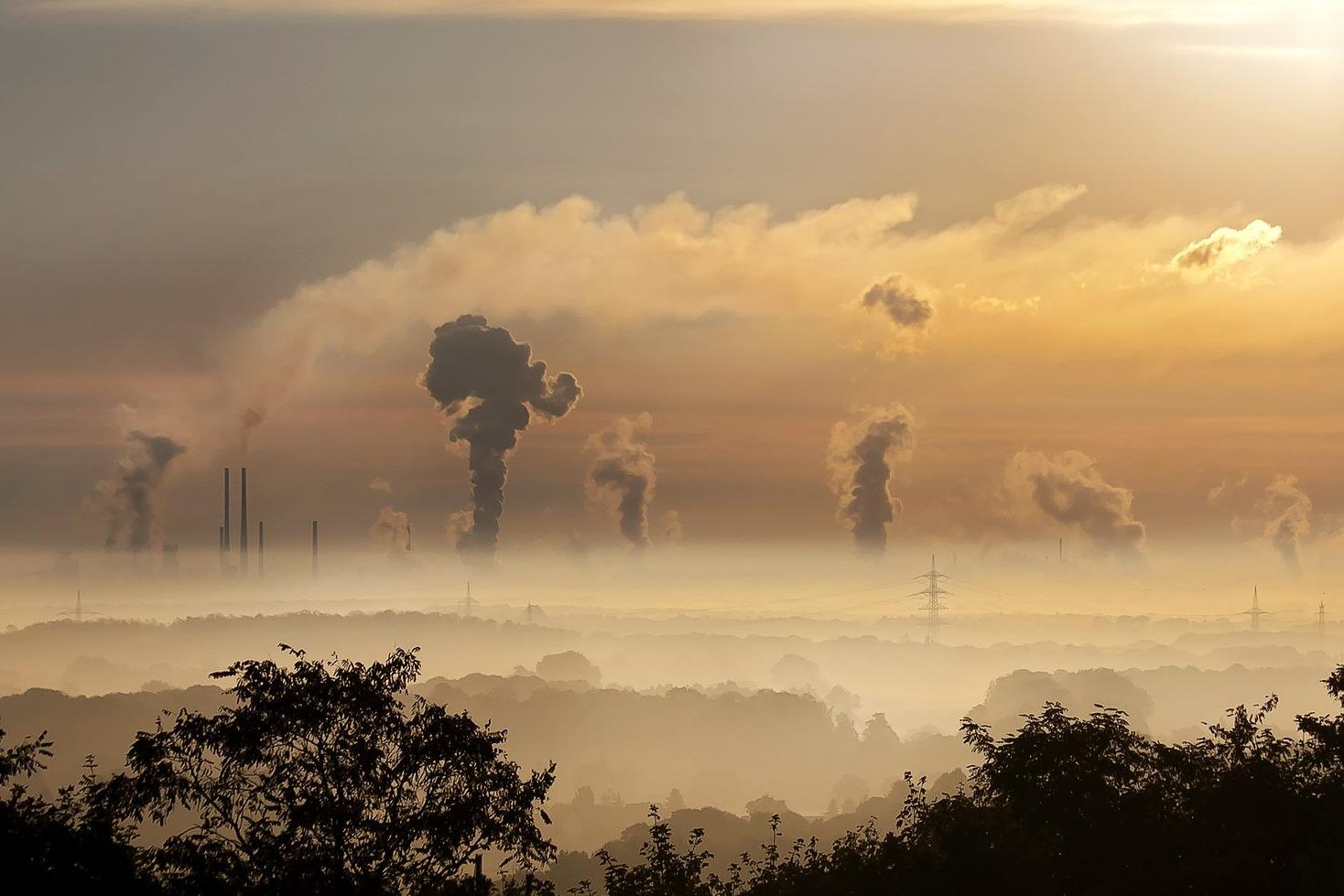
Environmental impacts
Air and water pollution have negative impacts on the ecological balance and hamper the symbiotic relationship between pollinators and flowers.
Furthermore, light emissions at night can disturb the biological rhythm of insects like moths, and honeybees are very sensitive to sunrays and solar flares. It remains however controversial to what extent electromagnetic fields impacts honeybees and their wild relatives.
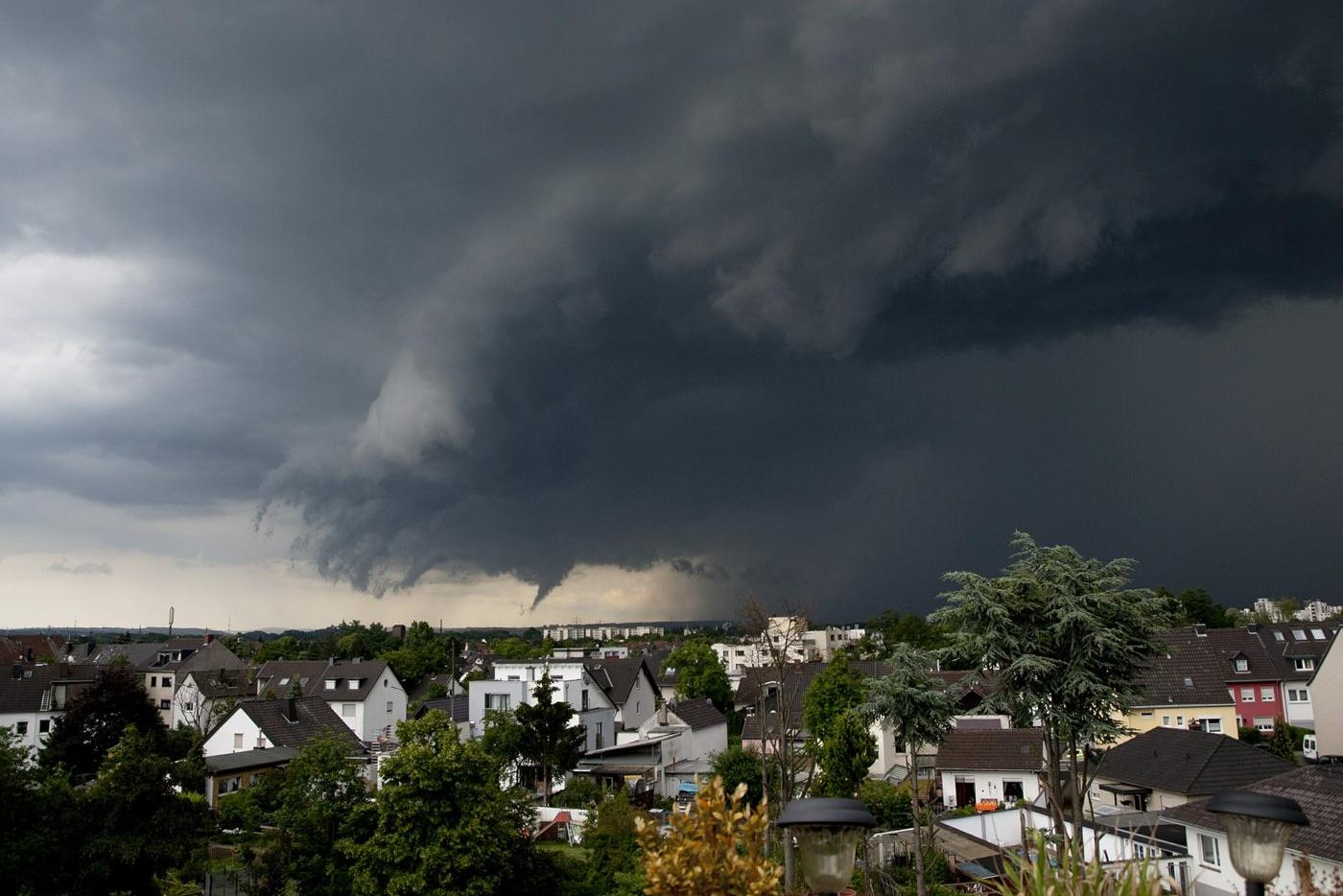
Climate change
Climate change is another major risk for pollinators. Among other consequences, the occurrence of plants can shift on the regional level, invasive species can displace native plants, and flowering seasons can change. These changes can lead to unnatural flowering periods during which insects do not find any or not enough food. Extreme weather phenomena such as heat periods, droughts, storms or floods occur more frequently and threaten animals and plants as well.
Parasites
Originating from Asia, the Varroa mite has spread almost worldwide and is the most serious threat to apiculture. About the size of a pinhead, it nests in the brood cells and feeds on the bee’s circulatory fluids. Beyond that, the mite can introduce bacteria and diseases into the beehive. If untreated, this can lead to the premature death of whole honeybee colonies.
